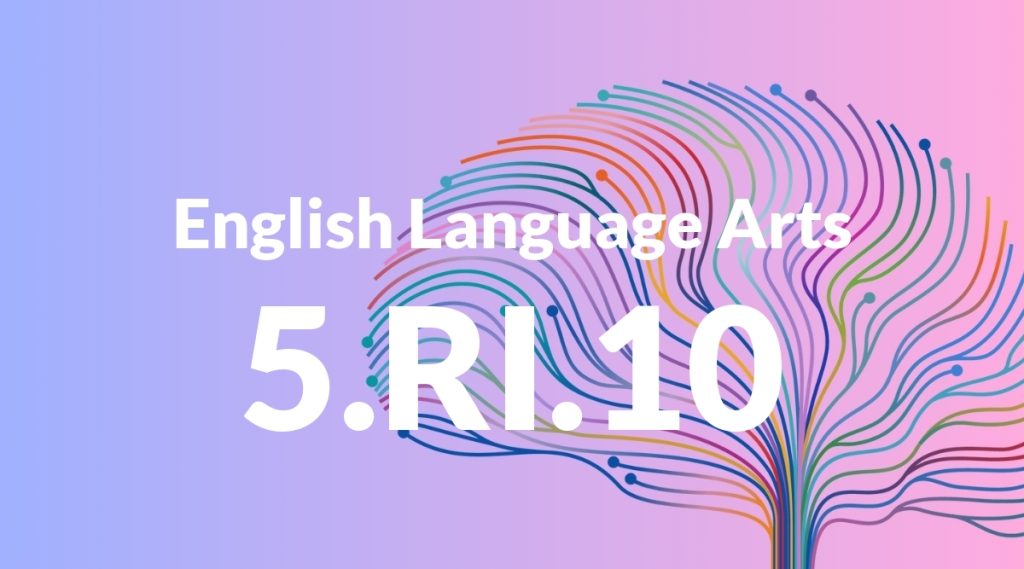Standard: 5.RI.1 – Quote accurately from a text when explaining what the text says explicitly and when drawing inferences from the text.
Grade level: Grade 5
Subject: English Language Arts
Domain: Reading: Informational Text
Teacher Overview
This standard focuses on students’ ability to quote accurately from a text, both when explaining explicit content and when making inferences. Mastery of this standard is crucial for developing strong analytical and critical thinking skills, which are essential for success in higher grades and real-world scenarios. Before tackling this standard, students should be comfortable with basic text comprehension, identifying main ideas and supporting details, and making simple inferences.
After mastering this standard, students will be better equipped to critically evaluate sources and synthesize information, skills that are essential for higher-level academic work and informed citizenship.
Common Misconception 1
A common misconception is that students believe they only need to quote parts of the text that are directly related to their point. This is incorrect because understanding the full context is essential for accurate interpretation.
Intervention 1
To remediate this, provide exercises that require quoting both direct and indirect evidence, and discuss the importance of context in understanding the text.
Common Misconception 2
Another misconception is that drawing inferences means guessing without support from the text. This is incorrect because inferences must be grounded in textual evidence.
Intervention 2
Use guided reading sessions to show students how to locate and use textual evidence to support their inferences, reinforcing that inferences should be based on the text.
Prerequisite Knowledge
Students should understand basic text comprehension, be able to identify main ideas and details, and have experience with making simple inferences from texts.
Subsequent Knowledge
Students will develop skills in critical thinking and analysis, enabling them to evaluate the credibility of sources and synthesize information from multiple texts.
Instructional Activities
- Close reading exercises with historical documents
- Group discussions analyzing news articles
- Research projects requiring accurate quoting
- Text-based scavenger hunts to find supporting evidence




